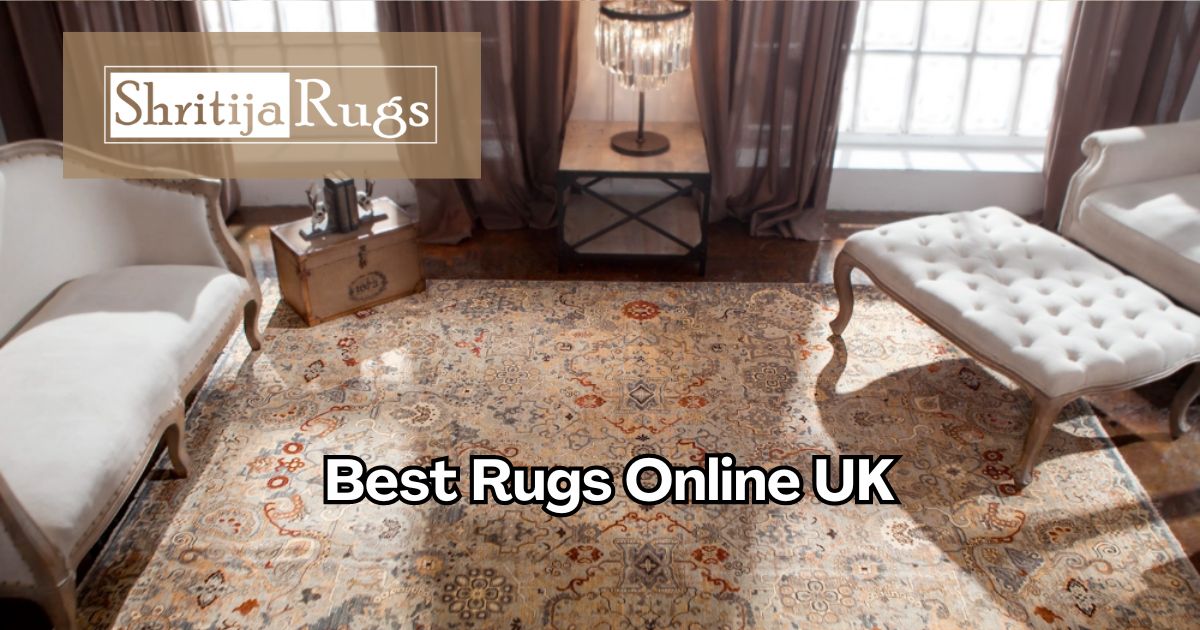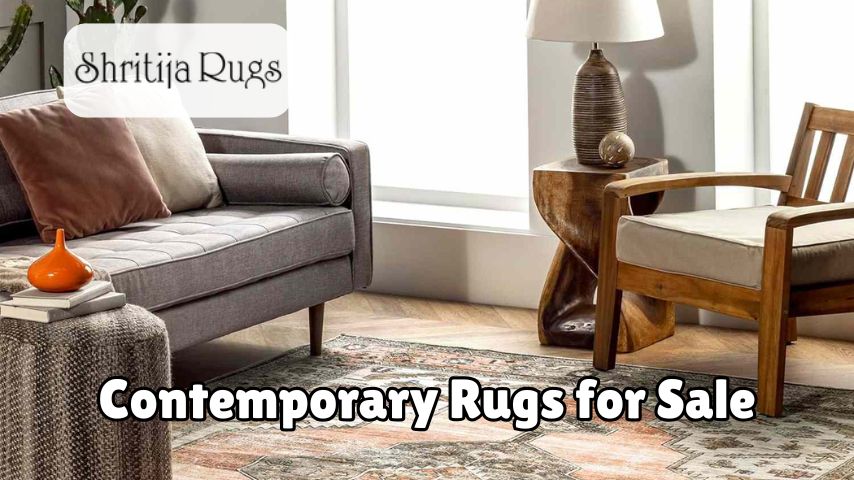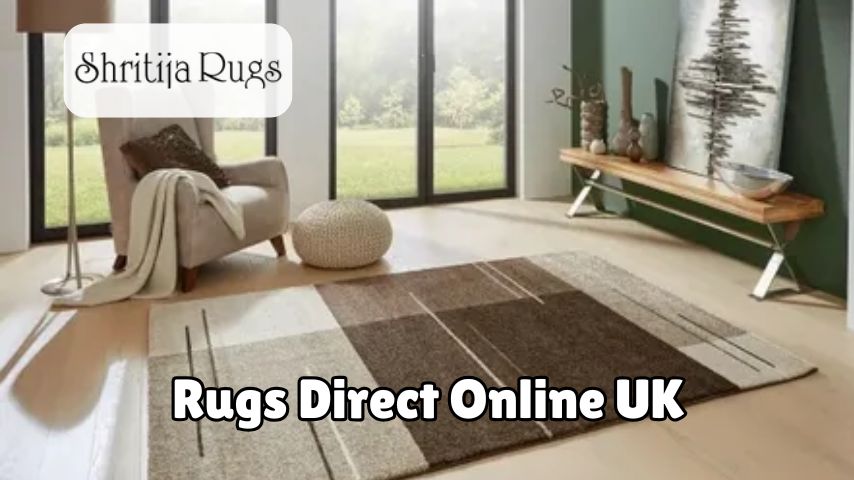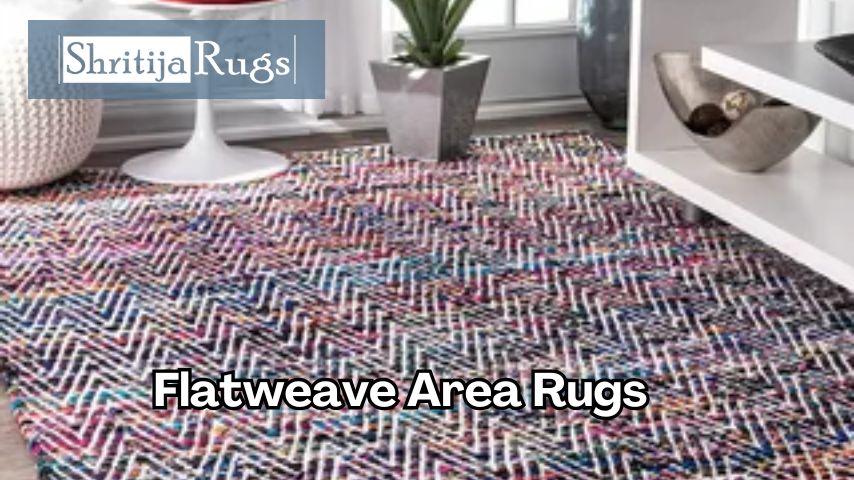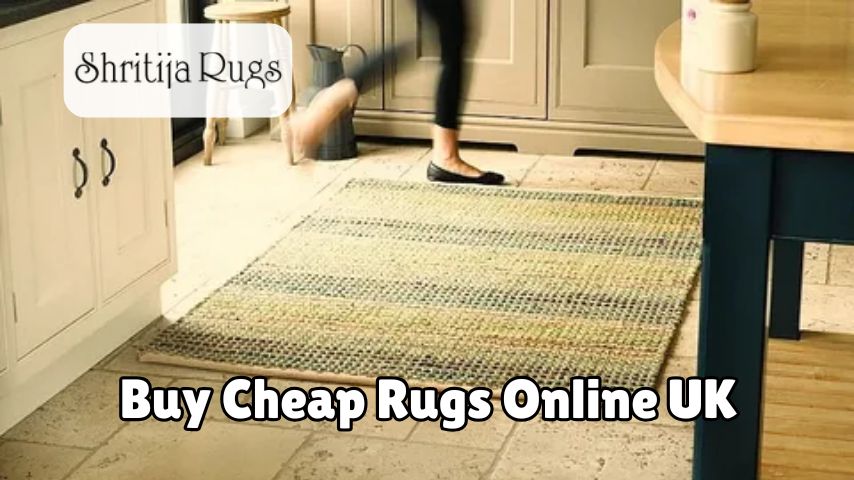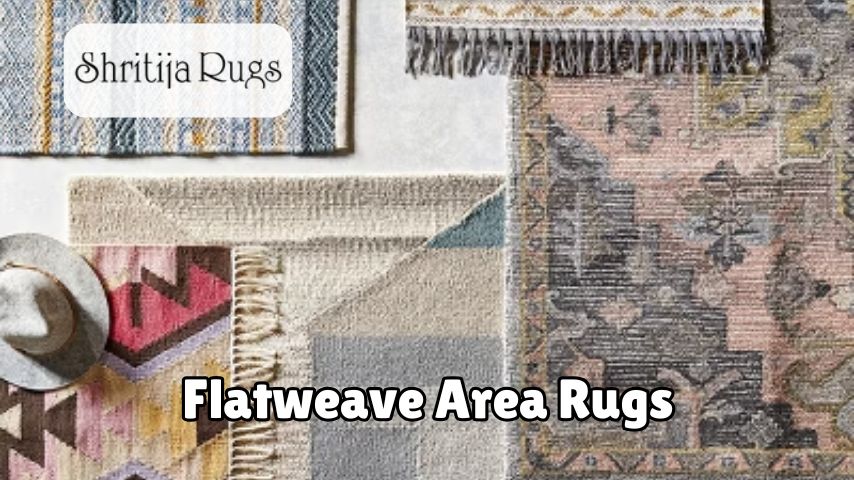 Google Ads Done Right – More Clicks, Less Waste!
Google Ads Done Right – More Clicks, Less Waste!
What Are the Advantages of Flatweave Area Rugs?
Written by shritijarugs » Updated on: June 17th, 2025

Flatweave Area Rugs popular due to their versatility, practicality, and timeless aesthetic appeal. Whether you are redecorating a room or looking to add a touch of warmth to a modern living space, flatweave area rugs can be a great option. These rugs are woven on a loom without knots, giving them a flat surface that lacks the pile seen in other types of rugs. They are highly favored for their durability, ease of maintenance, and affordability.
In this article, we will explore the advantages of flatweave area rugs, the different styles and materials available, and how to choose the right one when shopping online.
1. What Are Flatweave Area Rugs?
Flatweave area rugs are rugs made without the use of pile, which is the raised surface of most traditional rugs. Instead, they are woven on a loom using techniques such as Kilim, Dhurrie, and Soumak, which result in a flat, sturdy surface. The most common materials used in flatweave area rugs include wool, cotton, jute, and synthetic fibers.
Because of their structure, flatweave rugs are thinner compared to high-pile or tufted rugs. This makes them lightweight, portable, and highly versatile. They can easily be layered on top of larger rugs, moved between rooms, or rolled up for storage.
2. Advantages of Flatweave Area Rugs
2.1 Durability and Longevity
One of the main advantages of flatweave area rugs is their durability. Since these rugs do not have a raised pile, there is no concern about fibers getting crushed or matted over time. This makes flatweave rugs a great option for high-traffic areas such as hallways, living rooms, and entryways. Wool flatweave rugs, in particular, are known for their resilience and ability to withstand wear and tear.
2.2 Easy to Clean and Maintain
Maintaining flatweave area rugs is relatively simple compared to other types of rugs. Their flat surface doesn’t trap dirt, dust, or allergens the way a high-pile rug might. Regular vacuuming is usually enough to keep them clean. In case of spills, they can be spot-cleaned with ease. Additionally, some flatweave rugs made from cotton or synthetic fibers are machine washable, making them an excellent option for homes with children or pets.
2.3 Lightweight and Portable
Another significant advantage is their lightweight construction. Because flatweave rugs lack a thick pile, they are much easier to handle, move, and store. You can easily transport them between rooms or even take them outdoors if needed. They also work well as a temporary decorative solution for events or gatherings. Their portability makes them an ideal option for renters who may need to move frequently or want to switch up their decor without hassle.
2.4 Reversible Design
Many flatweave area rugs are reversible, meaning you can flip the rug over and use either side. This essentially doubles the lifespan of the rug, as you can alternate between sides when one starts to show signs of wear. This feature is especially useful in high-traffic areas, where one side of the rug might wear down faster than the other.
2.5 Versatile Style Options
Flatweave rugs are available in a variety of styles, colors, and patterns, making them a versatile option for almost any interior design aesthetic. Whether you're looking for a minimalist geometric design, a traditional ethnic pattern like Kilim or Dhurrie, or a contemporary abstract print, you can find flatweave area rugs online that match your taste.
2.6 Affordable and Cost-Effective
Compared to hand-knotted or high-pile rugs, flatweave area rugs are often more affordable due to the simpler weaving process and lack of pile. This makes them a budget-friendly option for homeowners who want a stylish rug without breaking the bank. Their durability also means they offer excellent value for money over the long term.
3. Types of Flatweave Rugs
There are several types of flatweave rugs, each with its own unique design and cultural significance. Some of the most popular styles include:
3.1 Kilim Rugs
Kilim rugs are traditional flatweave rugs originating from Turkey and surrounding regions. They are known for their intricate geometric patterns and vibrant colors. Kilims are often made from wool and are reversible, making them both functional and decorative.
3.2 Dhurrie Rugs
Dhurrie rugs are flatweave rugs from India, characterized by their bold, symmetrical designs and pastel color palettes. They are commonly made from cotton or jute and are lightweight, making them a practical choice for warm climates.
3.3 Soumak Rugs
Soumak rugs are a type of flatweave rug from the Caucasus region, distinguished by their braided, raised surface that gives them a more textured appearance than other flatweaves. Soumak rugs are made using a technique that involves wrapping the weft over the warp threads, creating a sturdy and durable rug.
4. How to Buy Flatweave Area Rugs Online
When shopping for flatweave area rugs online, there are several factors you should consider to ensure you’re getting the best value for your money.
4.1 Material
The material of your rug will impact its durability, feel, and ease of maintenance. Wool is a popular choice for its softness and durability, while cotton and jute are more affordable but slightly less durable. If you’re looking for a budget-friendly, easy-to-clean option, synthetic fibers like polyester or polypropylene can be a great alternative.
4.2 Size
Before purchasing a rug, measure the space where you intend to place it. Ensure that the rug size fits well within your room. Common sizes include 5x8, 8x10, and 9x12, but flatweave rugs are also available in custom sizes to accommodate unique spaces.
4.3 Style and Color
Consider the color palette and style of the room where the rug will be placed. If your space already has a lot of patterns or bold colors, you might opt for a neutral or solid-color rug. Alternatively, if the room is more minimalist, a vibrant Kilim or Dhurrie rug can add personality and flair.
4.4 Rug Pad
Since flatweave rugs are lightweight, they tend to shift or slide on hardwood or tile floors. It’s a good idea to purchase a rug pad to place underneath the rug. This will not only prevent slipping but also add a bit of cushioning for extra comfort.
4.5 Return Policy
When buying flatweave area rugs online, make sure to review the return policy in case the rug doesn’t meet your expectations. Many online retailers offer free returns, while others might charge a restocking fee.
5. Where to Buy Flatweave Area Rugs Online
There are many reliable online retailers where you can find high-quality flatweave area rugs. Some of the top platforms to consider include:
Wayfair: Offers a wide selection of flatweave rugs in various styles and price ranges.
Rug Source: Specializes in traditional and ethnic flatweave rugs such as Kilims and Dhurries.
Overstock: Known for offering discounts on popular rug brands, including flatweave options.
Rugs.com: Provides a curated selection of flatweave rugs with detailed customer reviews to help guide your purchase.
6. Conclusion
Flatweave area rugs are a practical and stylish option for homeowners looking to add texture and warmth to their living spaces. Their durability, ease of maintenance, and versatility make them an ideal choice for high-traffic areas or homes with pets and children. Whether you're searching for a minimalist design or a vibrant ethnic pattern, you can find a variety of flatweave area rugs online to suit your aesthetic preferences.
Note: IndiBlogHub features both user-submitted and editorial content. We do not verify third-party contributions. Read our Disclaimer and Privacy Policyfor details.
Copyright © 2019-2025 IndiBlogHub.com. All rights reserved. Hosted on DigitalOcean for fast, reliable performance.


